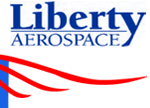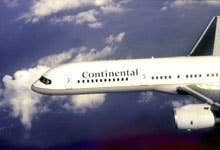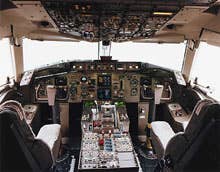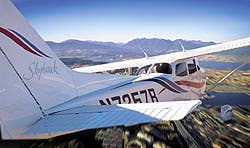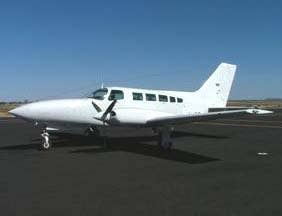X-31A Caps Short Landing Tests
Forget about X-Men, just look what the X-plane can do — and this is no comic book tale. Boeing’s X-31A VECTOR recently completed three years of testing in which it used vectored thrust to shorten (and soften) landings. On April 29, test pilots (with lavish assistance from a complicated flight-control system) successfully put the VECTOR on the runway at Patuxent River Naval Air Station at a 24-degree angle of attack and 121 knots. Thats twice the nose-up attitude as normal and 30 percent slower than the 175 knots at which some airplanes like this tend to stop flying. A GPS navigation system coupled to an autothrottle and autopilot control the X-Plane throughout the descent, using vectored exhaust to keep the aircraft flying.
Forget about X-Men, just look what the X-plane can do -- and this is no comic book tale. Boeing's X-31A VECTOR recently completed three years of testing in which it used vectored thrust to shorten (and soften) landings. On April 29, test pilots (with lavish assistance from a complicated flight-control system) successfully put the VECTOR on the runway at Patuxent River Naval Air Station at a 24-degree angle of attack and 121 knots. Thats twice the nose-up attitude as normal and 30 percent slower than the 175 knots at which some airplanes like this tend to stop flying. A GPS navigation system coupled to an autothrottle and autopilot control the X-Plane throughout the descent, using vectored exhaust to keep the aircraft flying. At two feet above the deck, the system pushes the nose over so the pilot can take over. "The high angle of attack landing was very exciting and dramatic," said Gary Jennings, who runs the test program ... and he was on the ground. Of course, there's a lot of techno-wizardry behind pushing a plane way beyond its stall limits. Boeing Phantom Works led the test program and the Navy, German military and EADS also took part. They believe vectored thrust will enable fighter aircraft to use shorter runways, not have to jettison ordnance or fuel for landings and ultimately last longer because the shorter, softer landings cause less wear and tear.

